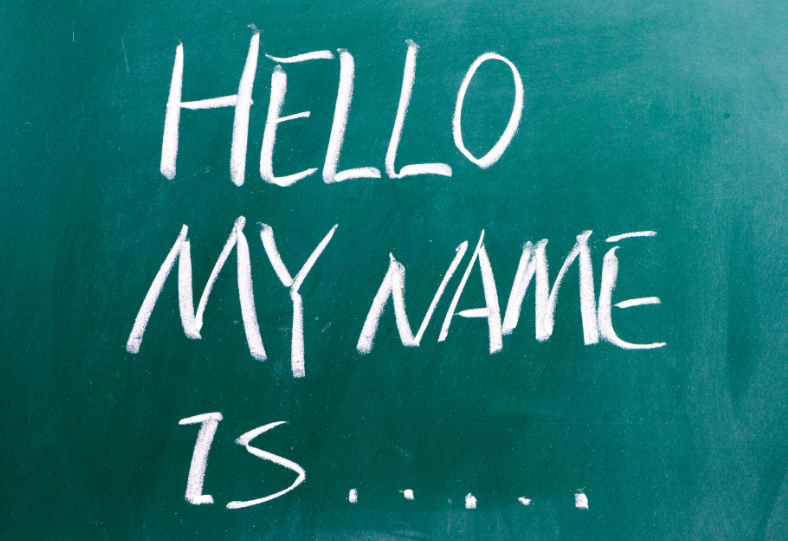Recently a reader asked me, “How do you name your characters?” That’s a great question.
In Proving Her Claim, the main characters are Norwegian and Lakota. For Anna Olson and her family, I actually tapped my family history. It’s rife with Olsons and Johnsons, as well as Olafs and Johannas.
In naming Two Hawks, Yellow Bird and Shining Water, I researched how the Lakota culture names family members.
There are, however, some basic rules for naming characters in literature. I learned not to use names that were too similar to each other or names that start with the name letter, such as Jake and Jack, or Tom and Tim. That can be confusing to readers. Also, the names should be easy to pronounce.
Writers’ Digest offers several rules for naming characters:
1. Check the meaning of names. Lucifer, for instance, certainly makes a statement.
2. Get your era right. I wouldn’t have used a 21st-century name, like Heather or Madison, for a character in the 1800s.
3. Say the names aloud. A good name on paper might be confusing to the ear.
4. Use different initials and a variety of syllables for the cast of characters.
5. Consider alliteration. Severus Snape from the Harry Potter books is a good example.
6. Don’t be too specific with names. Writers’ Digest cautions that can lead to lawsuits by “real life” people.
7. Double-check to ensure the names are ethnically correct.
I’ve also read about authors who auction off the naming rights. Often, the highest bid is donated to a charity. That’s a great idea — as long as the name makes sense for the character.
Spoiler: In my next novel, you’ll see a lot of Irish names, as well as alliteration.

